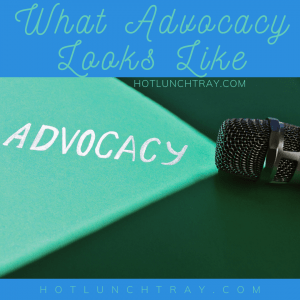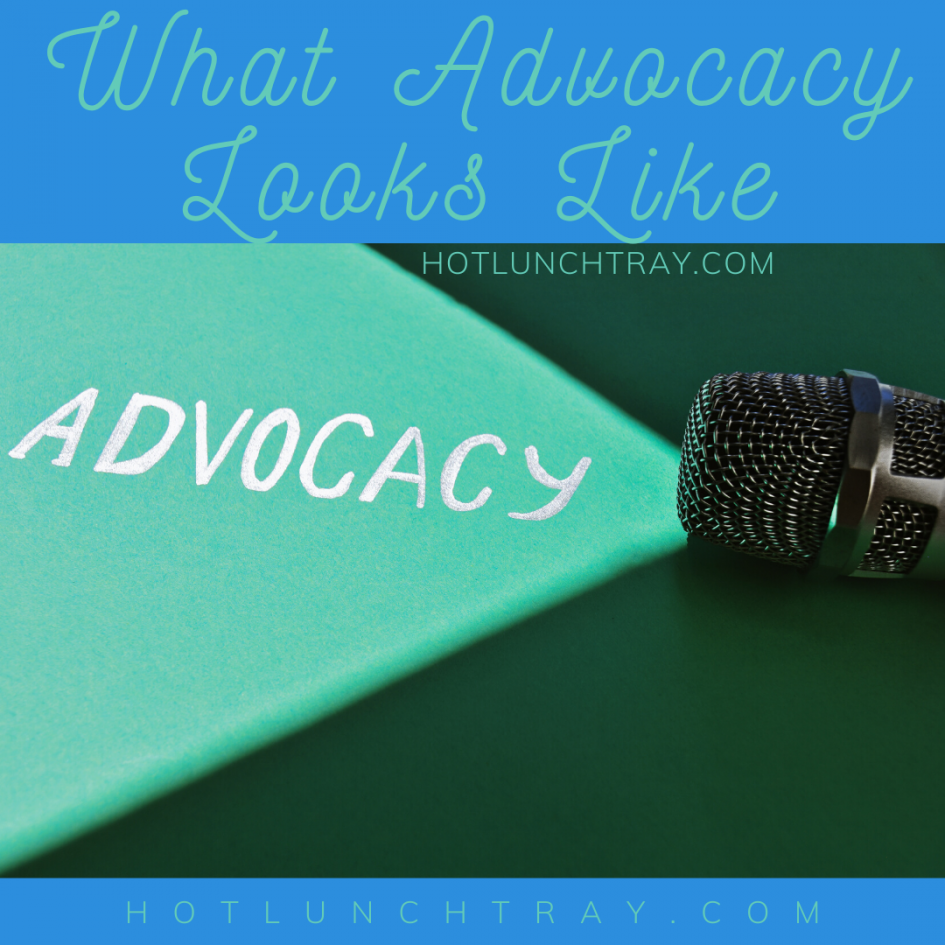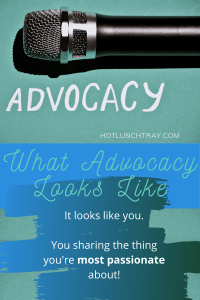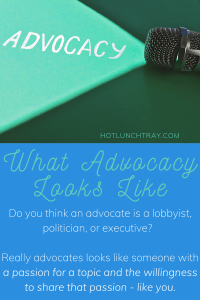It would be easy to be intimidated by the title of an advocate. You might think that is a title for lobbyists, politicians, or executives. But in fact, advocacy looks like anyone with a passion for a topic and the willingness to share that passion.
The Roots of your Passion
If you had one elevator ride with the most important person in your industry or field, what would you want to say to them? That is the essence of the “elevator pitch.” If you could boil your personal advocacy down to one conversation, what would that sound like, be about, and how influential do you think you could be?
Advocacy is an organized effort in the direction of a passion project. You can align yourself with existing advocacy groups or establish your own and recruit like-minded professionals. Advocacy is a long-term endeavor, establishing a legacy and clear mission is a hallmark of a well-established organization.
Many current educators describe an experience in early childhood which helped them identify themselves as an educator. Do you have a familiar back story? Was that backstory ignited by a special teacher, experience, or school day? That can be the basis for your own advocacy. It does not have to be anything exotic to be important to you and underscore the importance of quality early childhood education.
The National Association for the Education of Young Children (NAEYC) was established by Patty Smith Hill in 1926. The work which culminated in the establishment of the NAEYC was long in the making since the establishment of Hill’s education during Reconstruction in the American South. She was offered unconventional educational opportunities because of her family expectations and her personal ambition to bring the tenets of a creative and cooperative learning environment for the youngest learners (Liebovich, 2020).
Hill partnered with leaders like John Dewey and Friedrich Frobel to build the basis of the modern Kindergarten learning environment of today. The hallmarks of Hill’s Kindergarten classroom ideal contained: building blocks requiring cooperation, kitchen utensils, vehicles, pretend money, and other “loose parts” which encourage children to explore to learn (Liebovich, para 12, 2020). Patty Smith Hill eventually ended her career preparing Kindergarten teachers for their careers to carry out her innovative techniques (Liebovich, 2020).
IN 1921 Patty Smith Hill took her advocacy to Washington, D.C. in the form of her “Minimum Essentials for Nursey Education” (Liebovich, para 17, 2020). These essentials were the basis for the NAEYC current core beliefs and positions. This most improbable advocate established one of the most influential, largest international organizations to support the work of those educating the world’s most vulnerable population.
Advocate Daily
To advocate for anything you have to align your actions and words to your beliefs. Many people join advocacy groups like NAEYC, work with existing advocacy groups on policies, and view advocacy groups as incubators for their own building advocacy skills.
The NAEYC offers accreditation to early childhood programs. This accreditation was introduced in 1985 and boasts high profile members such as the United States military seeking the NAEYC accreditation as it seeks to reform their child care system (Allvin, 2019). Only a small percentage of programs can claim they are NAEYC accredited. The accreditation process is newly streamlined and includes ten standards, 376 measurable assessment items, online training for professionals, and all of this self-evaluation accomplished via an online portal (Allvin, 2019). Programs not accredited still benefit from this accreditation program since 34 states include NAEYC in their rating systems (Allvin, 2019).
You can search locally for a NAEYC accredited program near you. The NAEYC offers consultation services toward accreditation. The organization is interested in helping others to maintain accreditation, guidance on standards and assessments, and organizing and updating your portfolio. There is even help in preparing you for your site visitation.
Stay Connected
The process of advocacy is a long-term commitment and is advanced over time. Alignment to your beliefs is important, but the ability to continually engage with the organization is also important. Adopt a partnership mindset and promote your advocacy via social media. Look for opportunities to influence those you are with frequently to educational and invite them to work with you and your organization.
NAEYC is spreading its influence internationally and using these techniques to spread the best practices start by Patty Smith Hill all those years ago to the world’s youngest populations. Alongside making information accessible in multiple languages, the NAEYC includes professionals from more than 60 countries (Olmore, 2020). The NAEYC has already made significant partnerships with the Dominican Republic, the Kingdom of Saudi Arabia, and the United Arab Emirates. The children of these countries have better experiences because of the NAEYC influence (Olmore, 2020). The best practices we hone locally can impact international communities too!
Consider following and interacting with the NAEYC social media accounts:
What are you going to advocate for?
NAEYC has many local affiliates within your state! Search your state for the closest affiliate and learn more about their specific advocacy. If there is not a local affiliate near you consider starting one up with your local early childhood education colleagues. The local organizations are a platform for advocacy, but also an opportunity to network with like-minded peers and look for a chance to contribute to others.
There are many different organizations to dedicate your time to:
- The National Association for the Education of Young Children (NAEYC)
- American Academy of Pediatrics (AAP)
- Zero to Three
- The Whole Child
- First Five Years Fund
- Early Care & Education Consortium
Share in the comments your advocacy interests!

References
Allvin, R. E. (2019, May). Why NAEYC Accreditation? Why Now? YC: Young Children, 74(2), 52-56. Retrieved April 26, 2020, from Education Source.
Liebovich, B. (2020, March 02). NAEYC’s First President: Patty Smith Hill. YC: Young Children, 84-88. Retrieved April 26, 2020, from Education Source.
Olmore, S. (2020, March). NAEYC Is Supporting Children’s Development Around the World. YC: Young Children, 75(1), 6-7. Retrieved April 26, 2020, from Education Source.








2020-04-29 at 9:56 pm
Great tips and information for anyone hoping to make a difference!